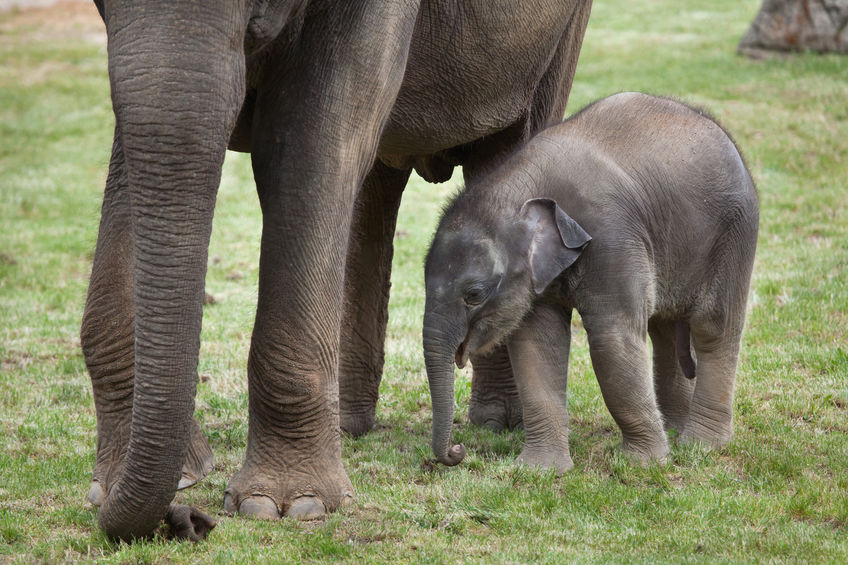Today, August 12, 2021 is International Elephant Day, a day to celebrate these beautiful creatures and to shed light on the importance of efficient conservation strategies.
But almost completely absent from the media are the success stories of elephant conservation. India hosts one of their biggest habitats in the world. Some of the elephant hotspots are showing promises of recovering population numbers
The Gentle Giants
Picture yourself in the middle of a tropical jungle, where dozens of elephants are fed nutritious food, and them being only a few feet in front of you. Those moments at the elephant rehabilitation camp were my early introduction to these gentle giants of India.
My journey in the field of environment began with my frequent visits to the Mudumalai and Bandipur wildlife sanctuaries in South India. If one’s lucky enough, one can get a glimpse of most of the forest’s magnificent creatures, right from the comfort of your car on the highway/freeway that passes through the sanctuary.
Amidst frequent calls of Macaques and Langur monkeys, and the tweets of wild birds, the trumpet of a majestic tusker elephant stands out. Slightly smaller in size than their African cousins, the Asiatic Elephant is widely spread across the Indian subcontinent.
Their population drastically reduced during the last 500 years due to excessive and illegal hunting. IUCN has now classified them as ‘endangered’.
Dwindling Numbers Make a U-turn
In recent decades, elephant population in India faced significant challenges from expanding human settlements, leading to wide-spread human-animal conflicts. India is one of the countries with the highest rate of elephant-human conflict.
Thanks to the thousands of conservation biologists and wildlife officials, the current conservative measures in India are beginning to overcome the conflict problem with innovative conservation strategies.
In order to gain momentum in elephant conservation efforts, 32 elephant reserves have been created across the country. These are spread across the entire Eastern and Southern regions of the country. Besides, there are also wildlife reserves that host a large number of elephants.
In India’s scenic Uttarakhand state, the elephant population increased by 10.17% in a span of 2.5 years, from 1,839 in 2017 to 2,026 in 2020. Regional elephant survey in the highest elephant population region of South India has revealed that elephant numbers have increased there too.
South India’s Bandipur Wildlife Sanctuary is a haven for Asiatic elephants. The sanctuary’s director notes that “the Bandipur and Nagarahole forests (adjoining) are the optimal habitats for Asiatic elephants, and that one tiger, two elephants and a leopard exists per 7 sqkm.” If you are a wildlife lover, you can’t ask for more!
He further added both the forests have “the highest tiger and elephant population in the world.” Since the beginning of the “Project Elephant” in 1992, the population of elephants in the Bandipur-Nagarahole forest region has doubled from 15,000 to 30,000.
According to Times of India, the officials were able to assert the positive increase in population size after a new survey. The five-month long exercise to estimate the population of mega herbivores was done using ‘dung decay’ survey method and is considered more accurate than others.
It is important to note that some of the other reserves in the country have not achieved same level of success in doubling their elephant population.
The work on increasing elephant populations has just begun. The government is yet to implement strategies that were recommended by the special task force.
Nevertheless, it is important to acknowledge that elephant conservation—like Tiger conservation—has been successful. With increased resources—money and technology—available for conservation efforts and higher sensitiveness to wildlife conservation among the public, the elephant numbers are only projected to increase.
